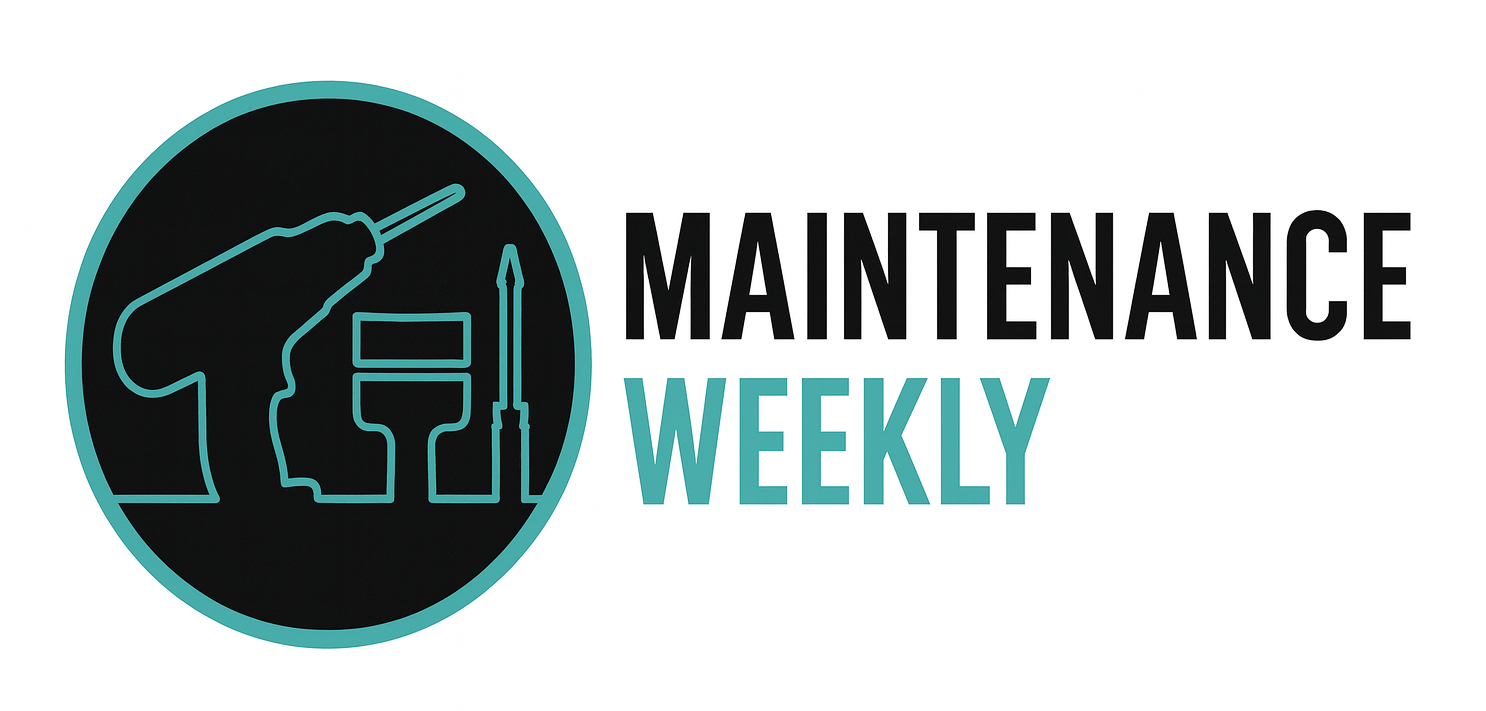What Does an Industrial Maintenance Technician Do?
Industrial maintenance technicians are the backbone of manufacturing operations. They ensure that machines, tools, and systems run efficiently, minimizing downtime and maximizing productivity. This career combines mechanical, electrical, and technical expertise, making it one of the most versatile and in-demand roles in modern industry.
Understanding the Role
An industrial maintenance technician is responsible for installing, maintaining, troubleshooting, and repairing machinery and mechanical systems used in production environments. Their work covers a wide range of equipment, including conveyor systems, motors, pumps, hydraulics, robotics, and control systems. They also perform preventive maintenance to keep equipment running smoothly and to avoid costly breakdowns.
Core Responsibilities
-
Conduct regular inspections and maintenance of industrial machinery
-
Diagnose mechanical and electrical problems using specialized tools
-
Replace or repair worn parts, belts, bearings, and motors
-
Read and interpret blueprints, schematics, and technical manuals
-
Record maintenance activities and recommend improvements to equipment performance
Skills and Education
Most technicians start with a high school diploma or GED, followed by a certificate or associate degree in industrial maintenance, mechatronics, or electrical technology. Essential skills include mechanical aptitude, problem-solving, precision, and knowledge of programmable logic controllers (PLCs) and automation systems.
Career Outlook and Advancement
As automation and advanced manufacturing technologies expand, the demand for skilled maintenance technicians continues to rise. With experience, workers can advance into lead technician, maintenance supervisor, or reliability engineer roles.
Conclusion
Industrial maintenance technicians keep manufacturing facilities running safely and efficiently. Their ability to troubleshoot and maintain complex machinery makes them indispensable in today’s technology-driven production environments.
Source: ChatGPT
